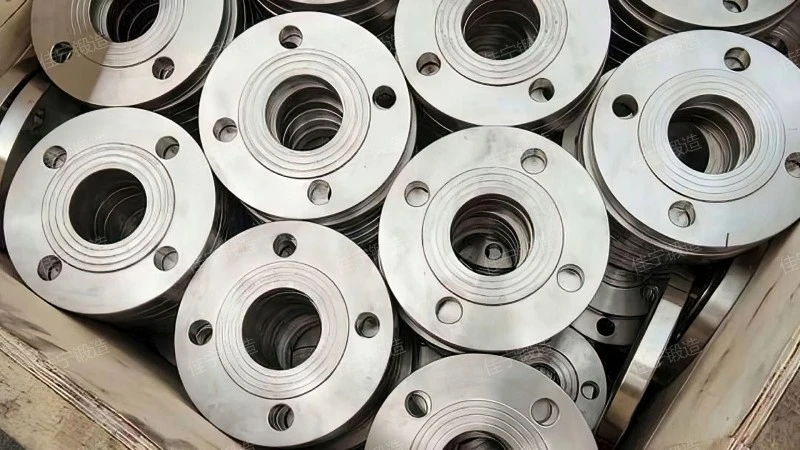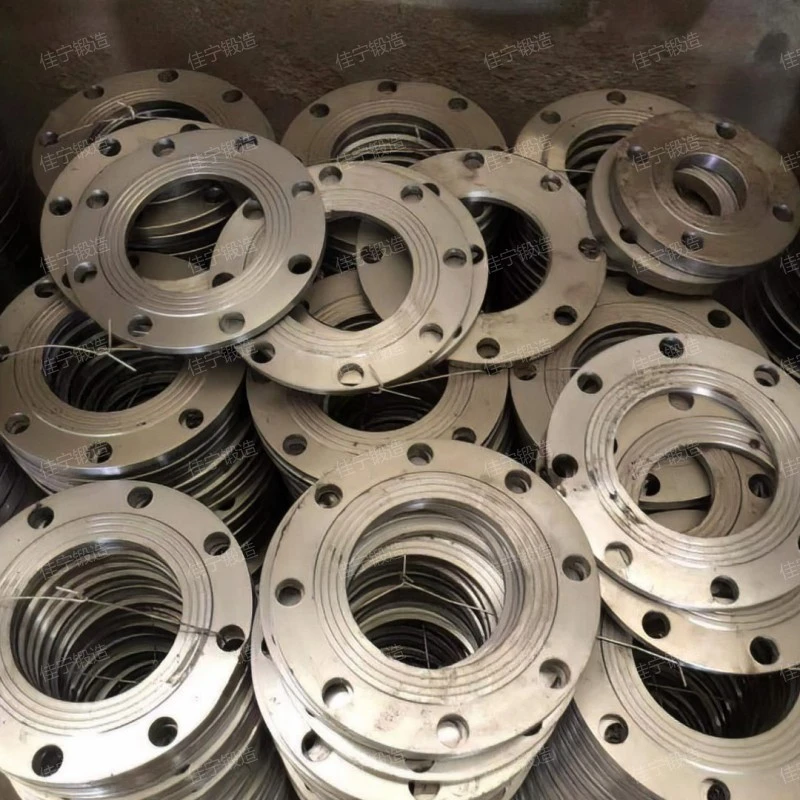Introduction to Convex surface flat welding method steel flange, flange advantages, characteristics and principles
Convex surface flat welding method steel flangeis a key connecting and sealing component.。The following is to introduce the Convex surface flat welding method steel flange:
1、Brief introduction of Convex surface flat welding method steel flange
Convex surface flat welding method steel flangeis a disk-shaped part.,it is an ideal choice for customers to buy Convex surface flat welding method steel flange。

Convex surface flat welding method steel flange
2、Convex surface flat welding method steel flange advantage
The advantages of Convex surface flat welding method steel flange are as follows:
- zonula occludens
- easy installation
- Wide selection of materials
- economy
- zonula occludens
Convex surface flat welding method steel flange closely connect the two Convex surface flat welding method steel flange through bolts and other fasteners, forming a firm mechanical connection to ensure the stable connection between pipelines and equipment.
The design of Convex surface flat welding method steel flange connection takes into account such factors as disassembly, cleaning, overhaul and replacement, and has good operability, which reduces the installation difficulty and cost.
The materials of the Convex surface flat welding method steel flange are varied, including carbon steel, stainless steel, alloy steel, etc. The appropriate materials can be selected according to the nature of the medium and working conditions to ensure the stability and corrosion resistance of the Convex surface flat welding method steel flange in different environments.
The manufacturing cost of the Convex surface flat welding method steel flange is relatively low, and it is simple to assemble by fixing methods such as screws or nuts, which improves the production efficiency and reduces the production cost.
Convex surface flat welding method steel flange closely connect the two Convex surface flat welding method steel flange through bolts and other fasteners, forming a firm mechanical connection to ensure the stable connection between pipelines and equipment.

Convex surface flat welding method steel flange
3、Convex surface flat welding method steel flange use
The purpose of Convex surface flat welding method steel flange is introduced as follows:
- Pipe connection
- connect
- seal
- support
- device attachment
Used for conveying various liquids, gases and solid fluids, such as [commodity industry] and other fields.
Convex surface flat welding method steel flange can closely connect different pipelines, valves, pumps and containers to form a complete fluid conveying system.
Through the principle of surface sealing, it is ensured that the joint will not leak air, water or oil, thus ensuring the safe and reliable operation of the fluid conveying system.
As a supporting part of pipeline or equipment, it can improve the stability of pipeline or equipment and reduce problems such as vibration and deformation caused by stress.
Connect all kinds of equipment and machinery, such as engines, pumps, compressors, heat exchangers, air conditioning equipment, etc.

Convex surface flat welding method steel flange
4、Convex surface flat welding method steel flange explanation video
Speak directly with facts on the spot。
Convex surface flat welding method steel flange
As you can see from the live video.,Shanxi jianing forging co., ltd the product looks beautiful.。
5、Convex surface flat welding method steel flange use
The purpose of Convex surface flat welding method steel flange is introduced as follows:
- connect
- support
- seal
- Pipe connection
- Convenient disassembly
Convex surface flat welding method steel flange can closely connect different pipelines, valves, pumps and containers to form a complete fluid conveying system.
As a supporting part of pipeline or equipment, it can improve the stability of pipeline or equipment and reduce problems such as vibration and deformation caused by stress.
Through the principle of surface sealing, it is ensured that the joint will not leak air, water or oil, thus ensuring the safe and reliable operation of the fluid conveying system.
Used for conveying various liquids, gases and solid fluids, such as [commodity industry] and other fields.
The disassembly of the Convex surface flat welding method steel flange is simple and convenient, and it is suitable for equipment and pipelines that need to be cleaned, overhauled or replaced frequently, which is convenient for maintenance personnel to maintain.

Convex surface flat welding method steel flange
Convex surface flat welding method steel flangeis a part that connects shaft to shaft.,The two flanges are tightly connected by bolts and other fasteners to form a firm mechanical connection, thus ensuring the stable connection between the pipeline and the equipment.、Simple and convenient disassembly, suitable for equipment and pipelines that need to be cleaned, overhauled or replaced frequently, convenient for maintenance personnel to maintain, and reducing downtime and maintenance cost.、The materials are varied, including carbon steel, stainless steel, alloy steel, etc. The appropriate materials can be selected according to the nature of the medium and working conditions to ensure the stability and corrosion resistance of the flange in different environments.、The design of the connection takes into account the factors such as disassembly, cleaning, overhaul and replacement, and has good operability, which reduces the difficulty and cost of installation.、Suitable connection methods can be selected according to different requirements, such as threaded connection and welding connection, so as to adapt to different working environments and technological requirements.。
Related recommendation
-

Introduction to 4330 alloy free forging, introduction to forging advantages and characteristics
2025-5-26 -

Introduction to Forged parts of alloy steel bearings, forging advantages, characteristics and principles
2025-5-26 -

Introduction to Reducing butt welding flange, flange specifications, model parameters
2025-5-26 -

Introduction to 316L concave surface welding flange, how much is the price of the flange?
2025-5-26 -

What is a Wind turbine spindle free forging? Introduction to the Working Principle of forging
2025-5-26 -

Introduction to Full plane threaded flange, advantages, characteristics and principles of flange
2025-5-26 -

Introduction to Alloy steel threaded flange, how much is the price of the flange?
2025-5-26 -

Introduction to Short neck flat welding flange, how much is the price of the flange?
2025-5-26 -

Introduction to 310s flat welding flange plate, advantages, characteristics and principles of flange
2025-5-26 -

What is a SAE ring gear forgings? Introduction to the Working Principle of ring gear
2025-5-26




